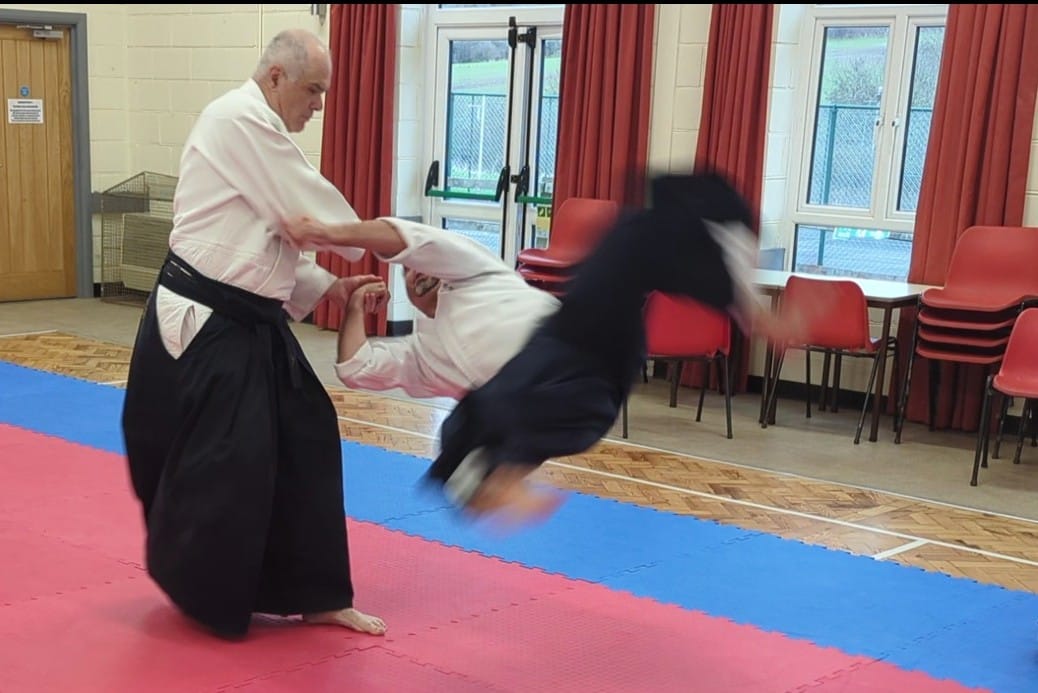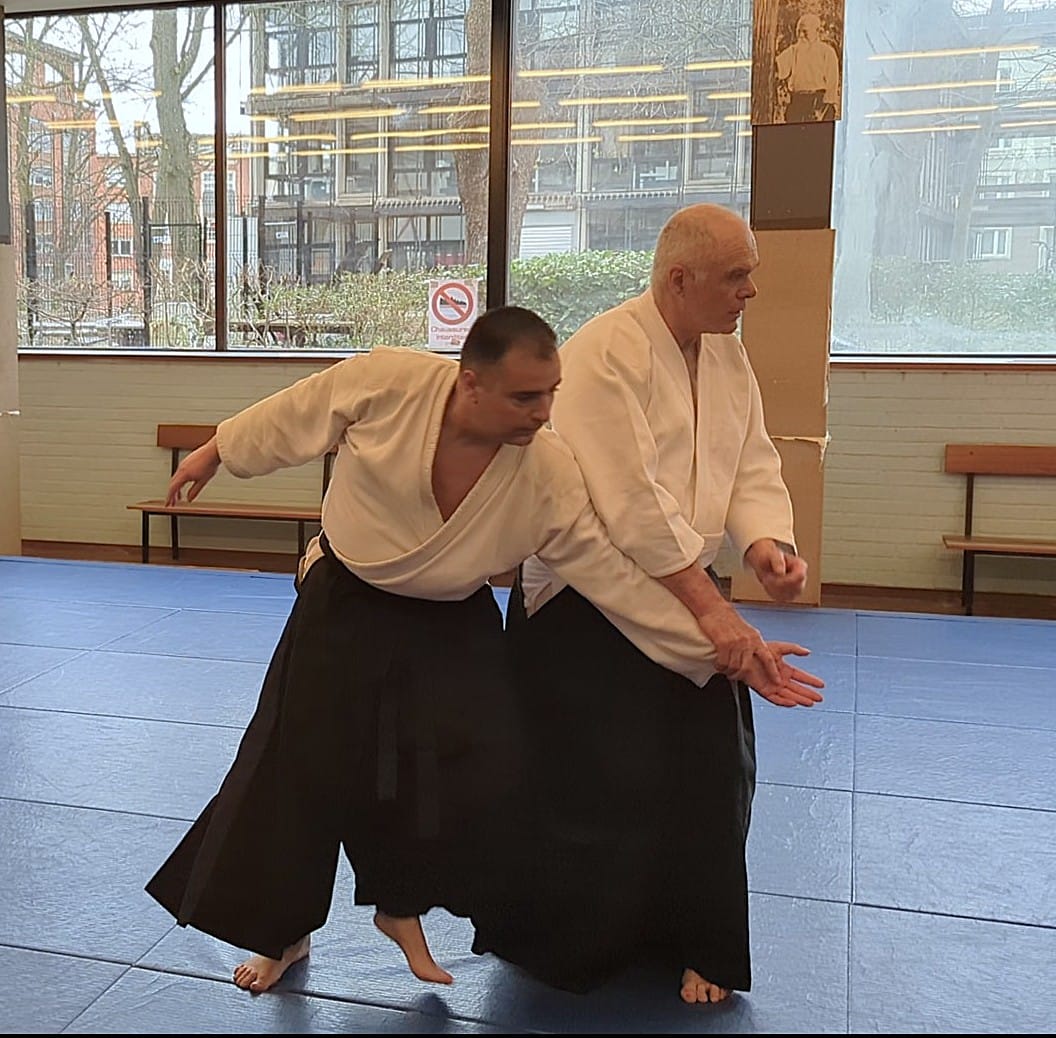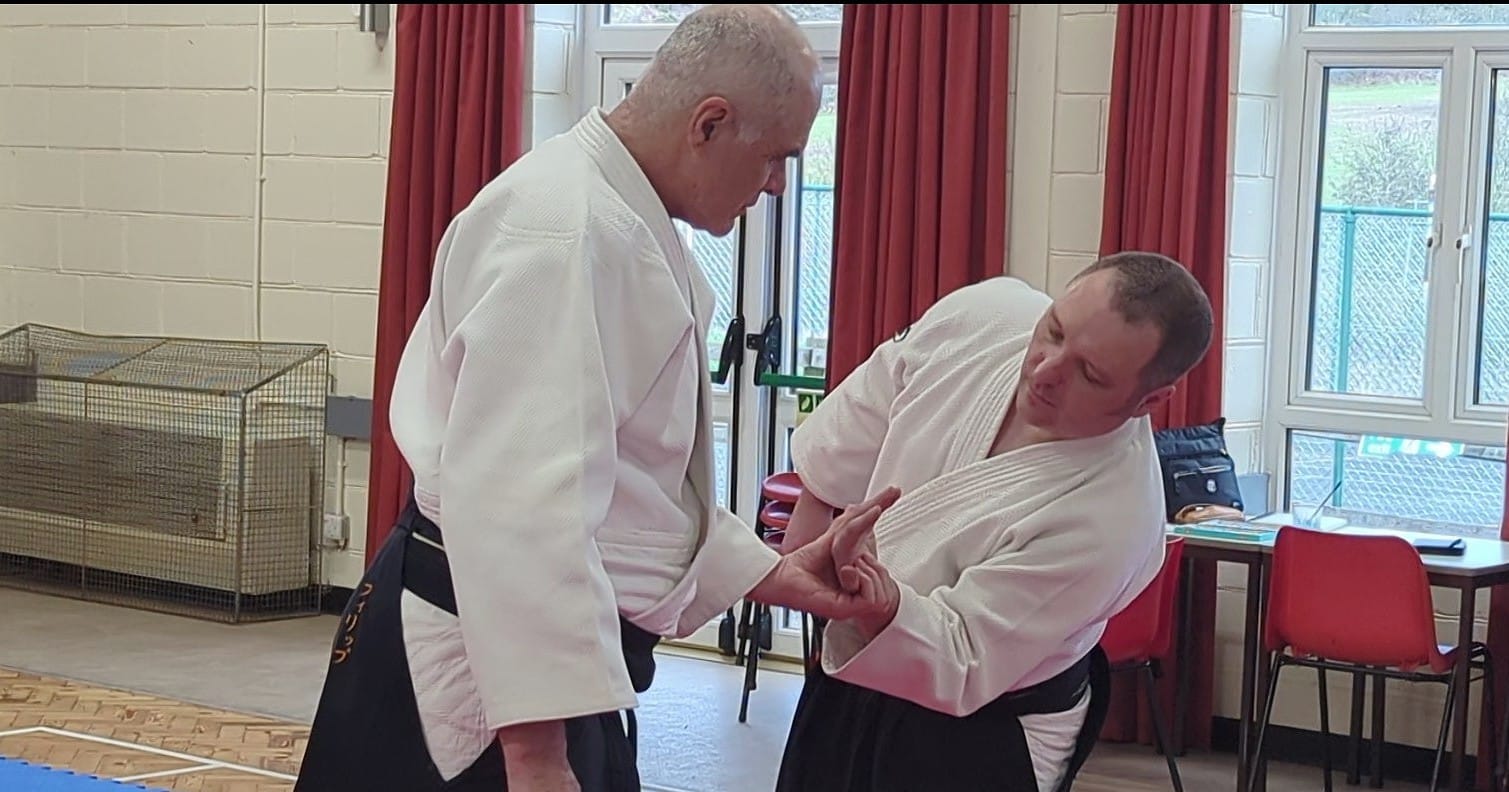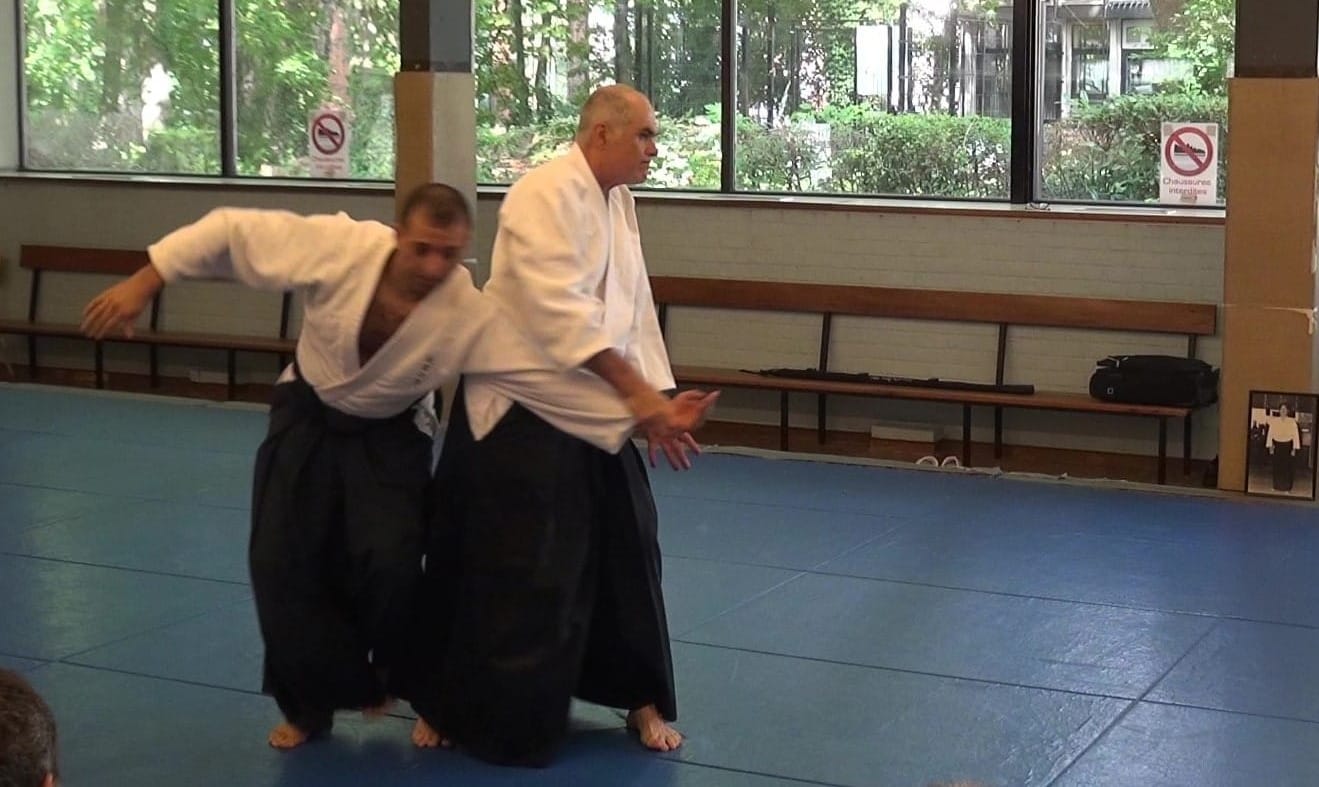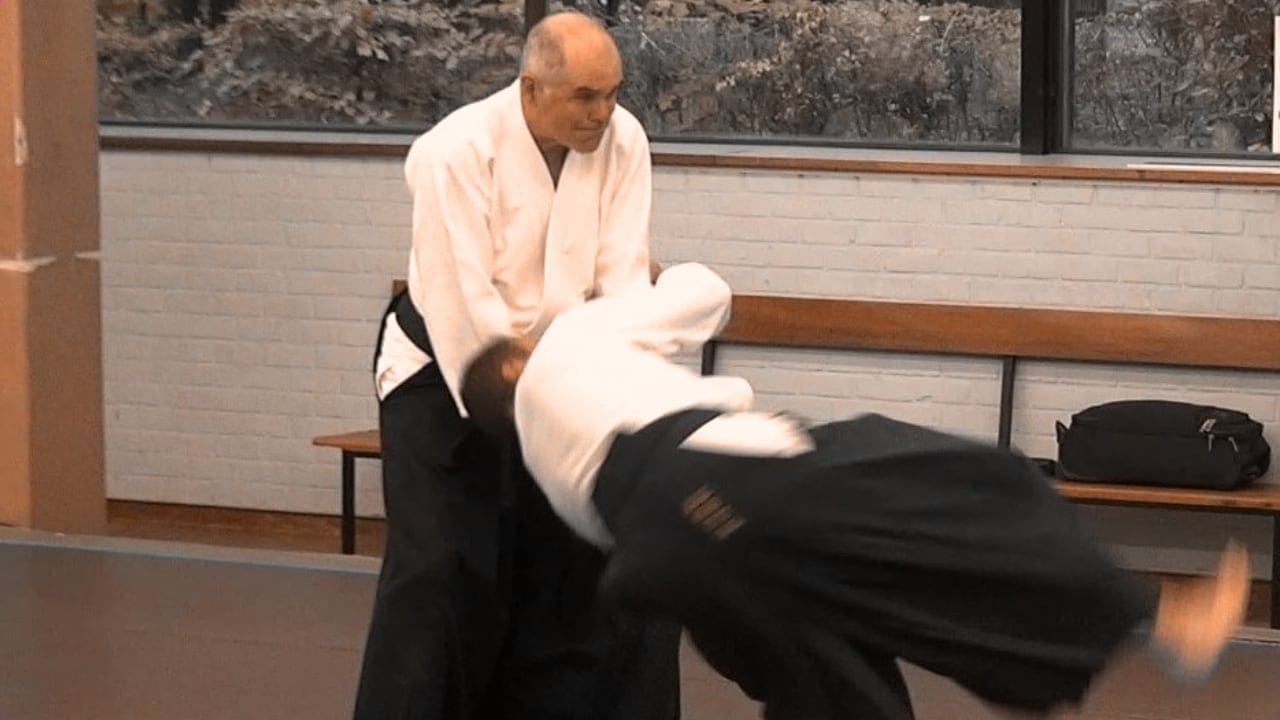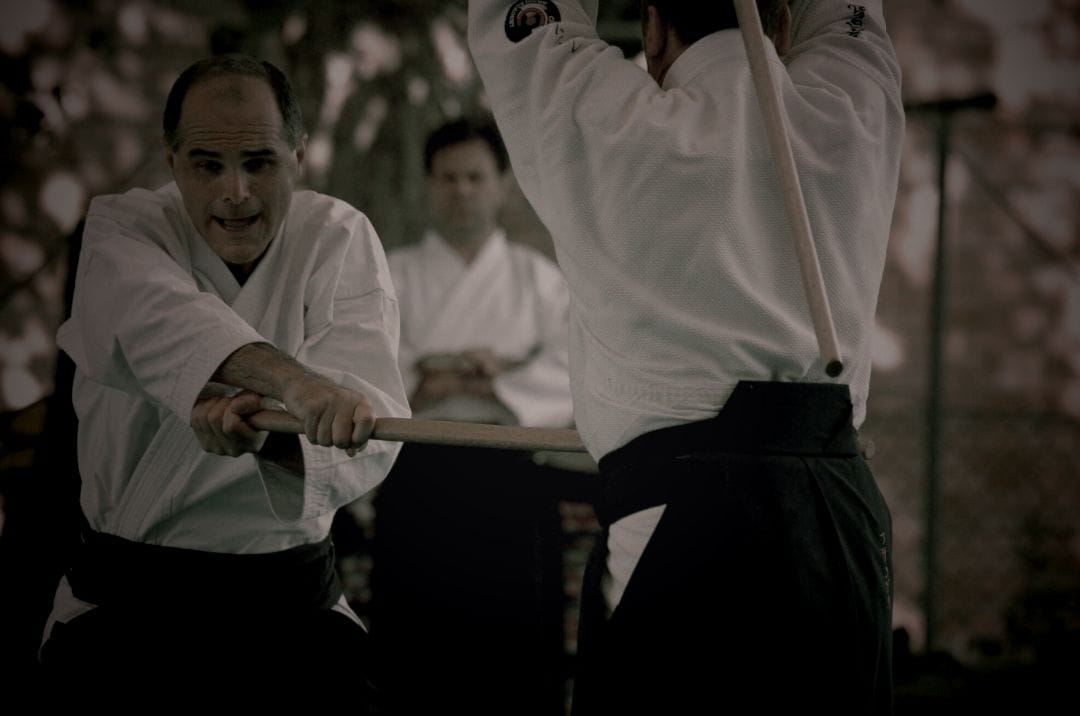‘To take bladders for lanterns’, what a beautiful expression from the Middle Ages, and even if the word ‘lantern’ today has lost the meaning of ‘balderdash’, we understand that it is a question here of taking something for what it is not, of being deceived or of being mistaken somewhere in the judgement we make about things.
Well, Aikido is like that, it is easy to mistake a movement for what it is not. The video explains it:
The three-step kote gaeshi demonstrated in this video is typically what not to take for the real kote gaeshi of Aikido. This does not mean, however, that it is not useful to practice kote gaeshi in this way during the learning process. In fact, the opposite is true, and I remember moments in Iwama when Morihiro Saito would stop the class, unhappy with what he was seeing, and force all the students present to perform, in rows and alone, the steps of this movement: one, two... three, four... five, six...; one, two... three, four... five, six, a bit like learning the tango, until everyone managed to do it correctly.
That's all very well, and very useful for learning the technique, but very dangerous if you don't understand that this purely pedagogical model is incompatible with a group attack. Yet the Founder left us with this instruction as a compass: in Aikido, a technique must work just as well with four opponents as with a single one. If this is not the case, it is not an Aikido technique.
It is therefore essential to distinguish between what, in Aikido, comes under the heading of the learning method, which only works with a single opponent, and what comes under the heading of the reality of martial movement, which allows you to manage the four directions. Without this, we are mistaking bladders for lanterns.
Some of my former Iwama comrades have seen fit to evolve this method of learning Aikido into a body expression gesture they call Evolutionary Aikido. In so doing - perhaps without knowing it - they have simply reinvented the Kinomichi concept developed by Masamichi Noro in Paris at the end of the 1970s. The only thing they have left to do is to adopt a white hakama like him... But this fluid, elegant method, halfway between oriental-inspired gymnastics and ballroom dancing, is as concerned with O Sensei's precepts as it is with a snail's pace - as any method indeed is - because that is not where its purpose lies.
Everyone knows by now that Aikido is not to be found in the method developed to discover it. The techniques of the Aikido learning method make up a vast, totally artificial base, which is supposed to prepare the student for the future discovery of Aikido. Consequently, taking these techniques as they are and diverting them from their initial purpose to turn them into elements of a ludic activity with different aims is like taking a hammer and using it to tire the lettuce: it may well stir the lettuce, but it doesn't drive in any more nails. You gotta know what you want: to build or to go to the table. The techniques of the method are tools designed with the aim of reaching Aikido. One can achieve commercial success by diverting these tools from their function, as Masamichi Noro did with Kinomichi, but in this new use these tools no longer serve to pave the way to Aikido, they serve to prepare the salad. We must be clear-sighted enough to see this, and honest enough not to confuse Aikido with these new ‘arts’. Aikido is or it isn't, and to suggest that Aikido can be evolutionary is to sell bladders for lanterns, wittingly or unwittingly.
In the very specious field of evolution - and if a choice has to be made - I much prefer the approach of my comrade Christian Tissier, who at least preserves in his practice an intellectual relationship with martiality, even if it is disconnected from reality. Tissier is unquestionably well above anything being done today at the Aikikai and in the world in terms of evolution. It is true, however, that the bar is not set very high.

